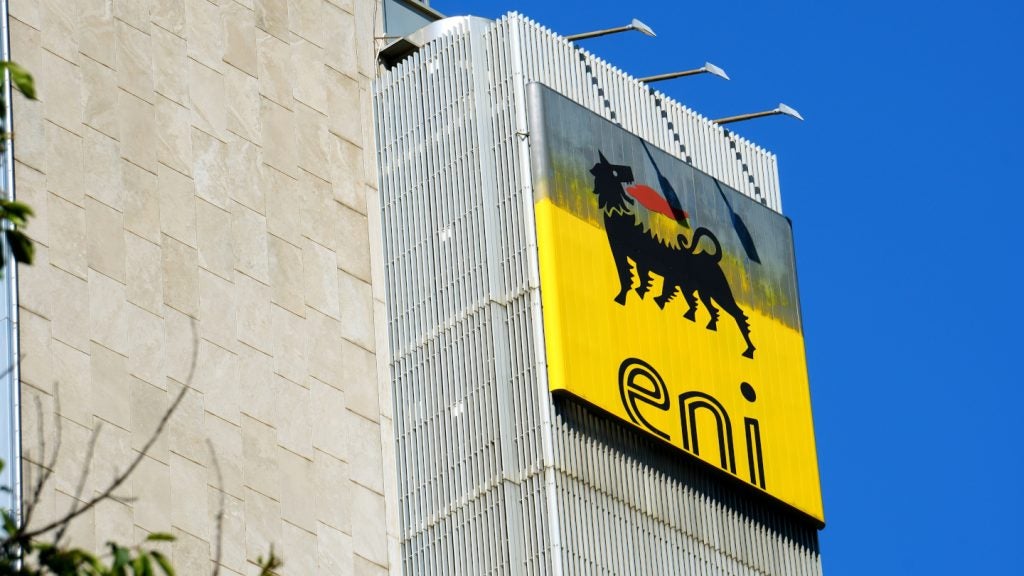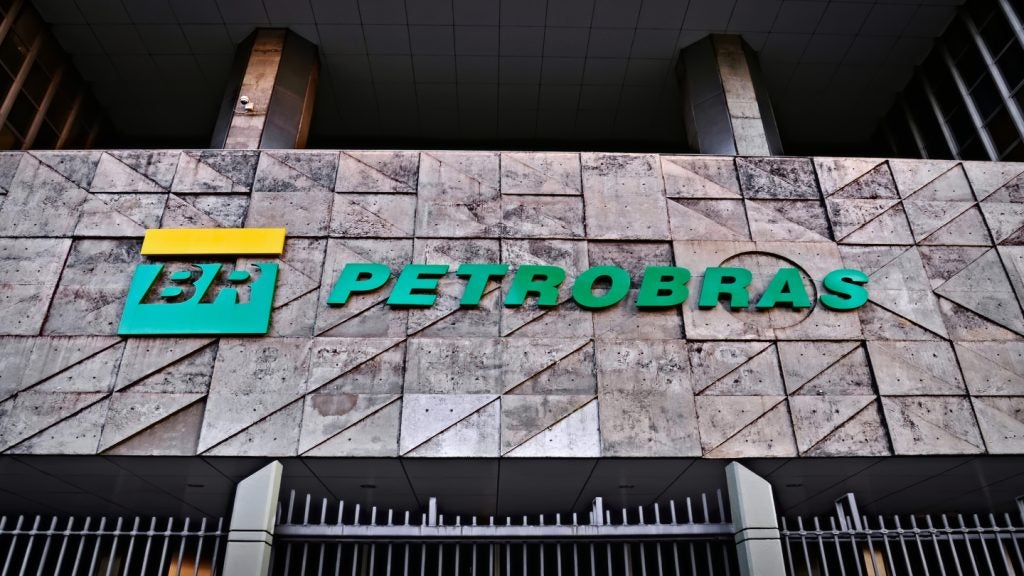Statoil has reduced its planned capital expenditure to around $6bn for the delayed Johan Castberg oilfield in the Barents Sea.
The company has delayed the field’s operations as it has not discovered more oil near the site as hoped.
Statoil said that production at the field is expected to start in 2022 if it is approved as planned in 2017.
The Wall Street Journal reported Statoil northern operations head Morten Loktu as saying that the company has almost halved the cost estimates from close to $11.33bn to $6bn by streamlining and optimising a production vessel solution.
Statoil and its partners Eni and Petoro have opted to use a floating production, storage and offloading vessel (FPSO) to develop the Johan Castberg field and load oil directly onto tankers instead of piping it to shore.
The Johan Castberg field is 100km north of the Snøhvit-field in the Barents Sea and is estimated to hold up to 650 million barrels of oil equivalent.
How well do you really know your competitors?
Access the most comprehensive Company Profiles on the market, powered by GlobalData. Save hours of research. Gain competitive edge.

Thank you!
Your download email will arrive shortly
Not ready to buy yet? Download a free sample
We are confident about the unique quality of our Company Profiles. However, we want you to make the most beneficial decision for your business, so we offer a free sample that you can download by submitting the below form
By GlobalDataThree Skrugard, Havis and Drivis oil discoveries located in PL 532 form the resource base for the field development project.
Statoil operates the field with a 50% stake. Remaining partners are Eni (30%) and Petoro (20%).
The company plans to implement various measures on behalf of the Johan Castberg license to cut costs.
Statoil and its partners will also assess the area’s potential and update the resource basis to develop the field further.







